Don’t miss out on the top things to do and landmark places to visit in London. Take a sightseeing tour of the city, drink up the culture at museums and galleries and choose from a variety of free activities.
1. Free Museums
A trip to London would be incomplete without a visit to one of the city’s many museums and galleries. London is home to some of the world’s best museums. Furthermore, many of them are entirely free to visit. The top three museums in London are listed below:
Museum of London
The Museum of London chronicles the history of London from prehistoric to present times. Learn about prehistoric London, how the city transformed under the Romans and Saxons, mediaeval London, and the turbulent years when London was plagued by civil wars, plague, and fire. Then visit the Galleries of Modern London, where you may wander through Victorian London streets, promenade through recreated pleasure gardens, and admire the spectacular Lord Mayor’s Coach.
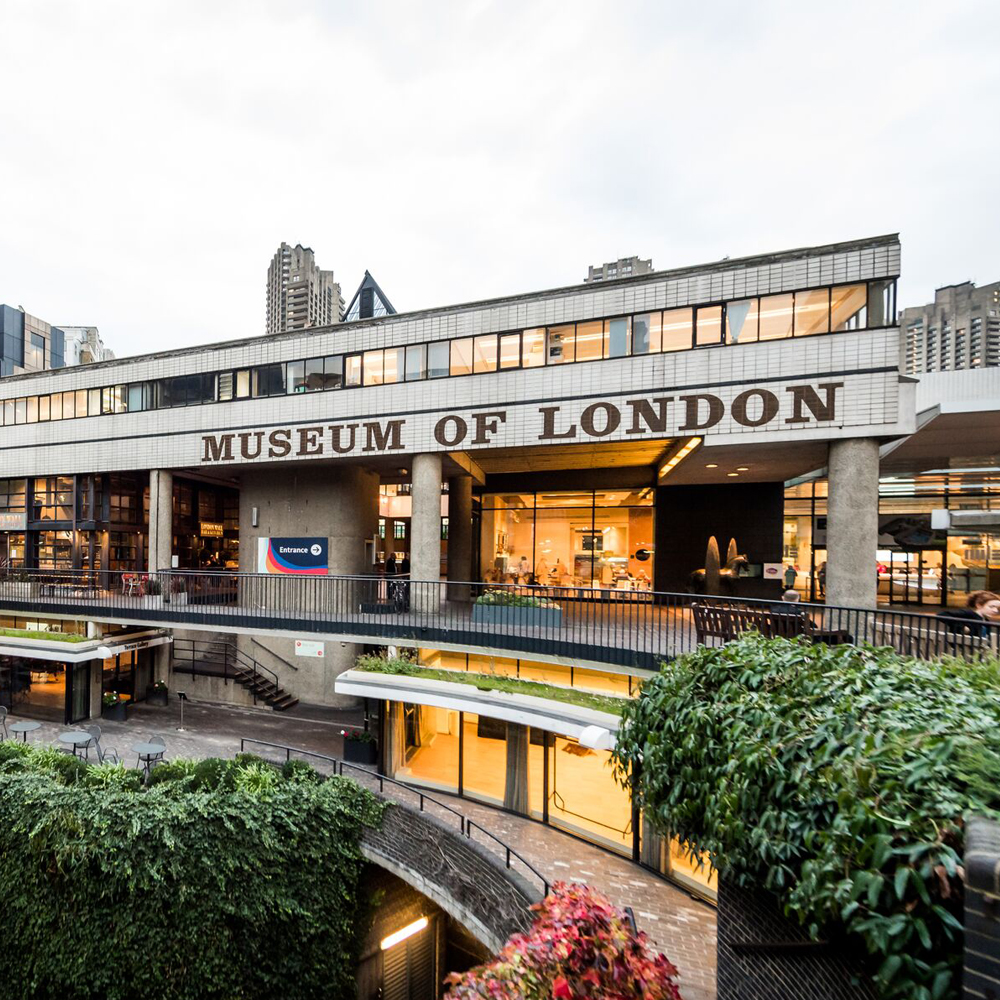
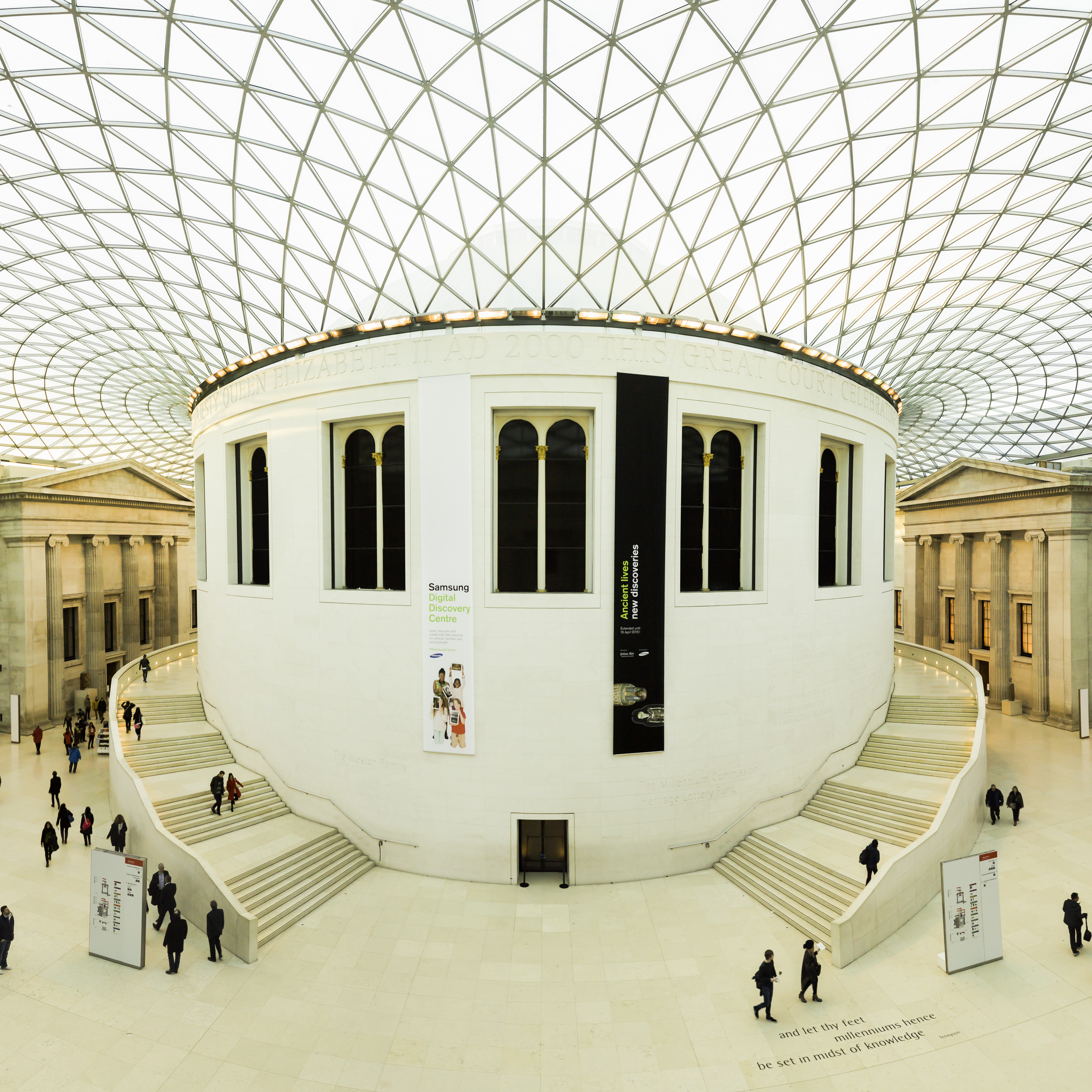
The British Museum
The British Museum, the world’s oldest and first public national museum, was created in 1753 and opened its doors in 1759, making it older than the United States. Inside, you’ll find art, literature, and other artefacts that depict the story of humanity’s evolution. It has held the title of most popular tourist destination in the UK for nearly a decade, with over six million visits annually.
Natural History Museum
The Natural History Museum in London houses a diverse collection of specimens from various fields of natural history. The museum houses 80 million specimens of life and earth science in five primary collections: botany, entomology, minerals, palaeontology, and zoology.
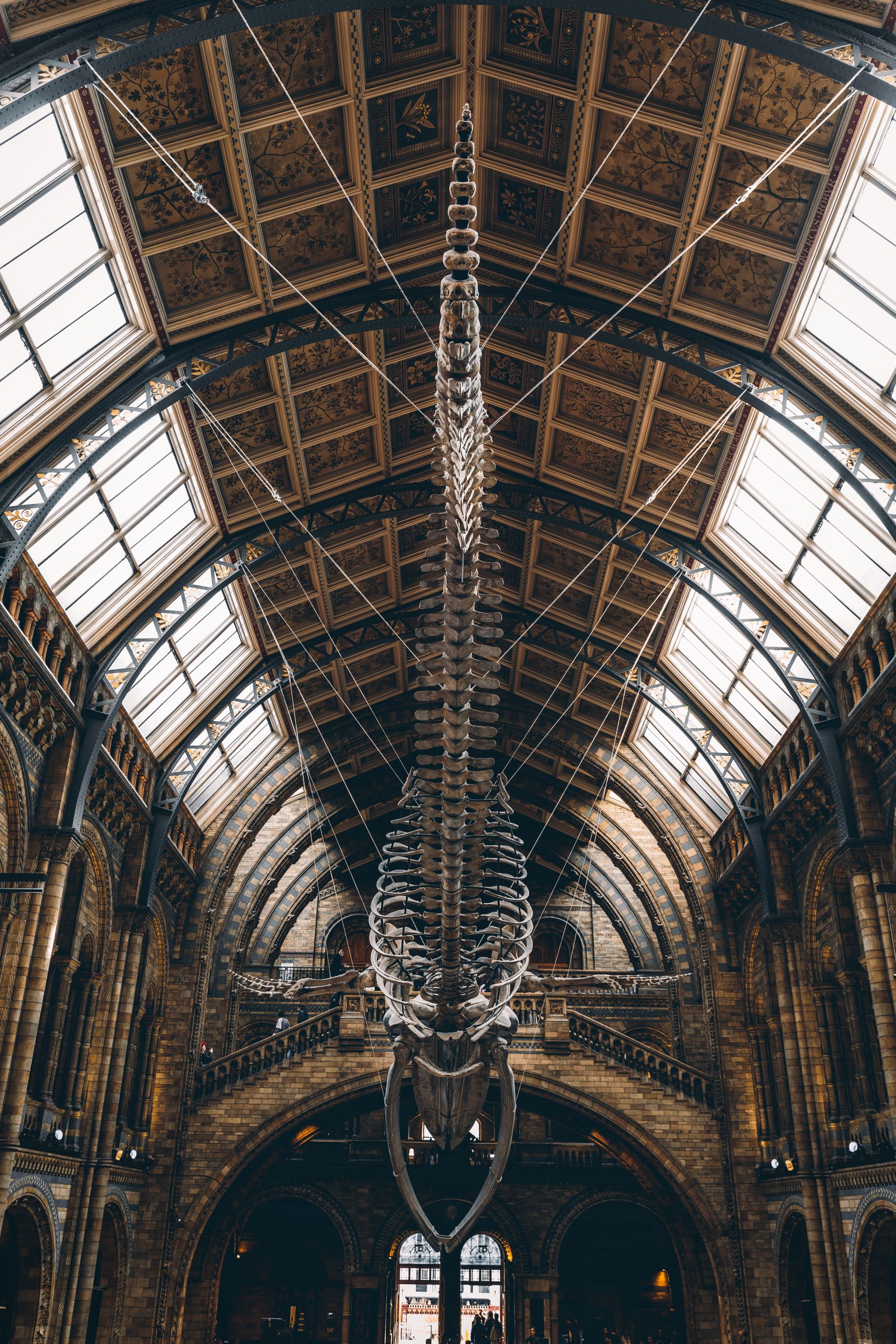
2. Madame Tussauds
Located on Baker Street in London, Madame Tussauds Museum, founded in 1835 by wax sculptor Marie Tussaud, is one of the most famous tourist attractions in the country.
Boasting over 300 magnificent wax figures, Madame Tussauds is a must-see sight in London, where one can meet and take pictures with all their favourite celebs in one location. It’s arguably the only site on the planet where you can meet the Queen, talk with Brad Pitt and Angelina Jolie, and shake hands with Barack Obama all on the same day.
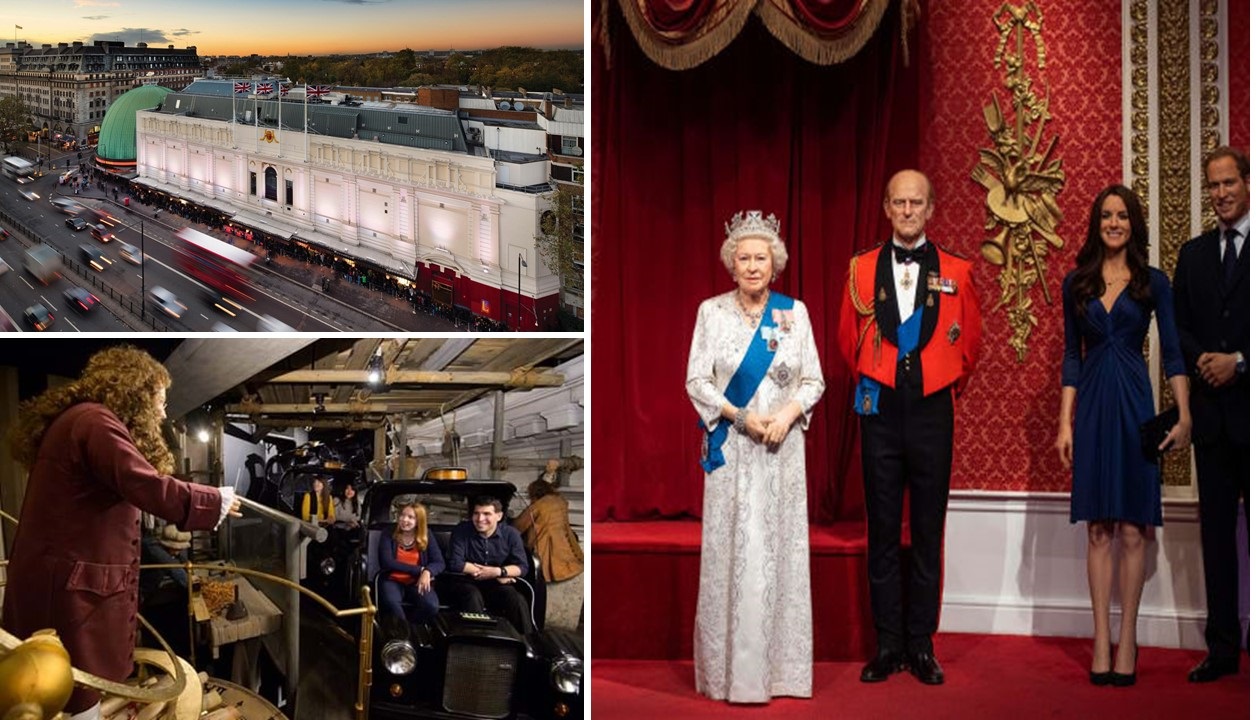
3. London Eye
The London Eye has done for London what the Eiffel Tower did for Paris; given it a symbol and allowed visitors to ascend above it and look down on it. The London Eye, also known as the Millennium Wheel, is a London observation wheel located on the Thames River’s South Bank. It was the world’s tallest Ferris wheel when it opened to the public in 2000. With over 3 million people each year, it is Europe’s tallest cantilevered observation wheel and the UK’s most popular paid tourist attraction.
The wheel features 32 passenger capsules and each capsule can house up to 25 individuals. A full revolution takes around 30 minutes.
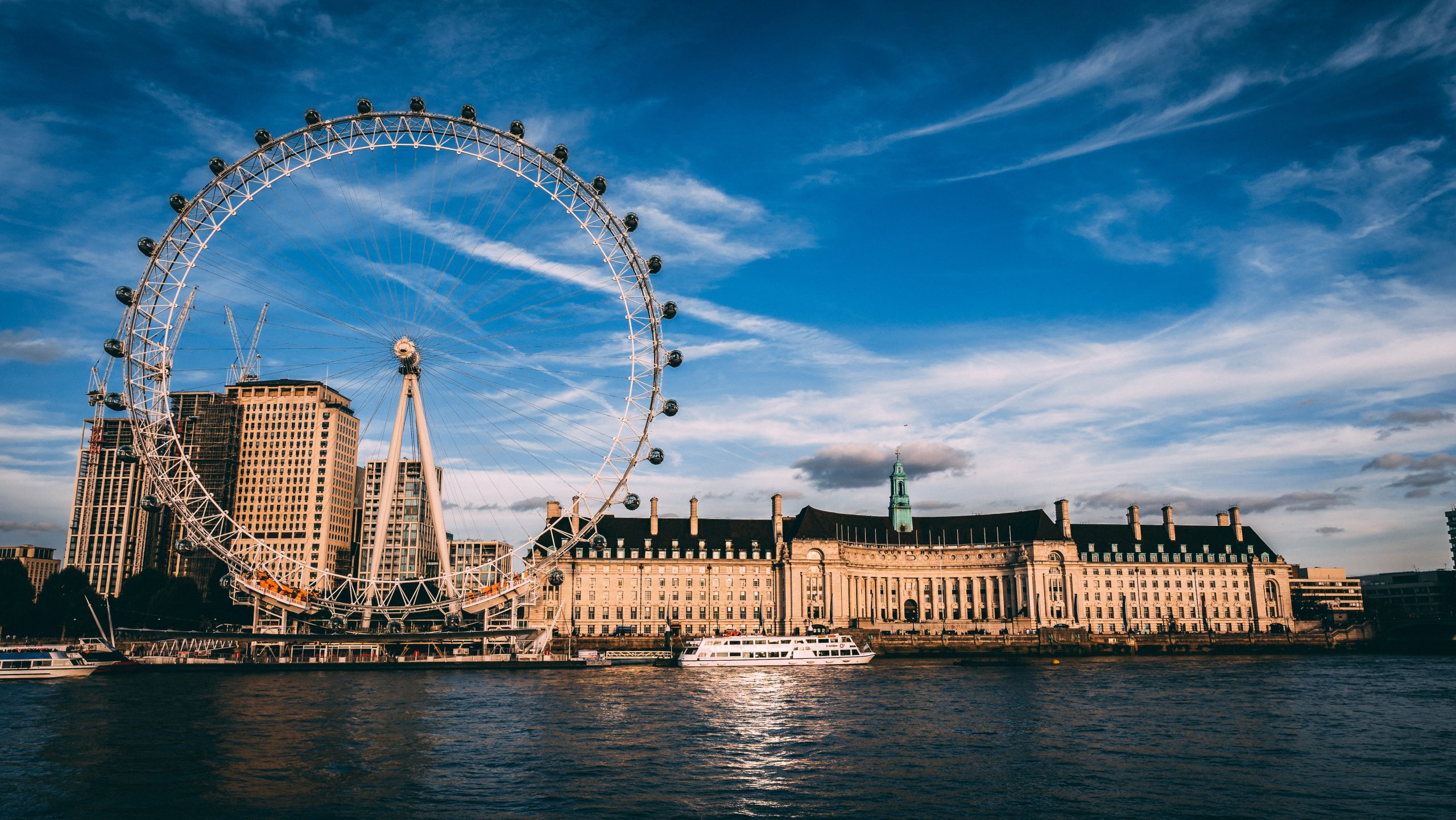
4. Tower Bridge
Built between 1886 and 1894, the Tower Bridge is a suspension bridge. Close to the Tower of London, the bridge spans the River Thames.
The bridge spans 800 feet and is made up of two 213-foot bridge towers connected at the top by two horizontal walkways and a central pair of bascules that may open to allow ships to pass. The bridge deck is open to both vehicles and pedestrians, while the Tower Bridge Exhibition includes the bridge’s twin towers, high-level walkways, and Victorian engine rooms. Using films, images, and interactive exhibits, the exhibition explains why and how Tower Bridge was built. The walkways also feature a glass-floored part with views of the city, the Tower of London, and the Pool of London.
Tower Bridge is often confused with London Bridge, which is located about 0.5 miles upstream, leading to a common urban legend about an American who bought the wrong bridge.
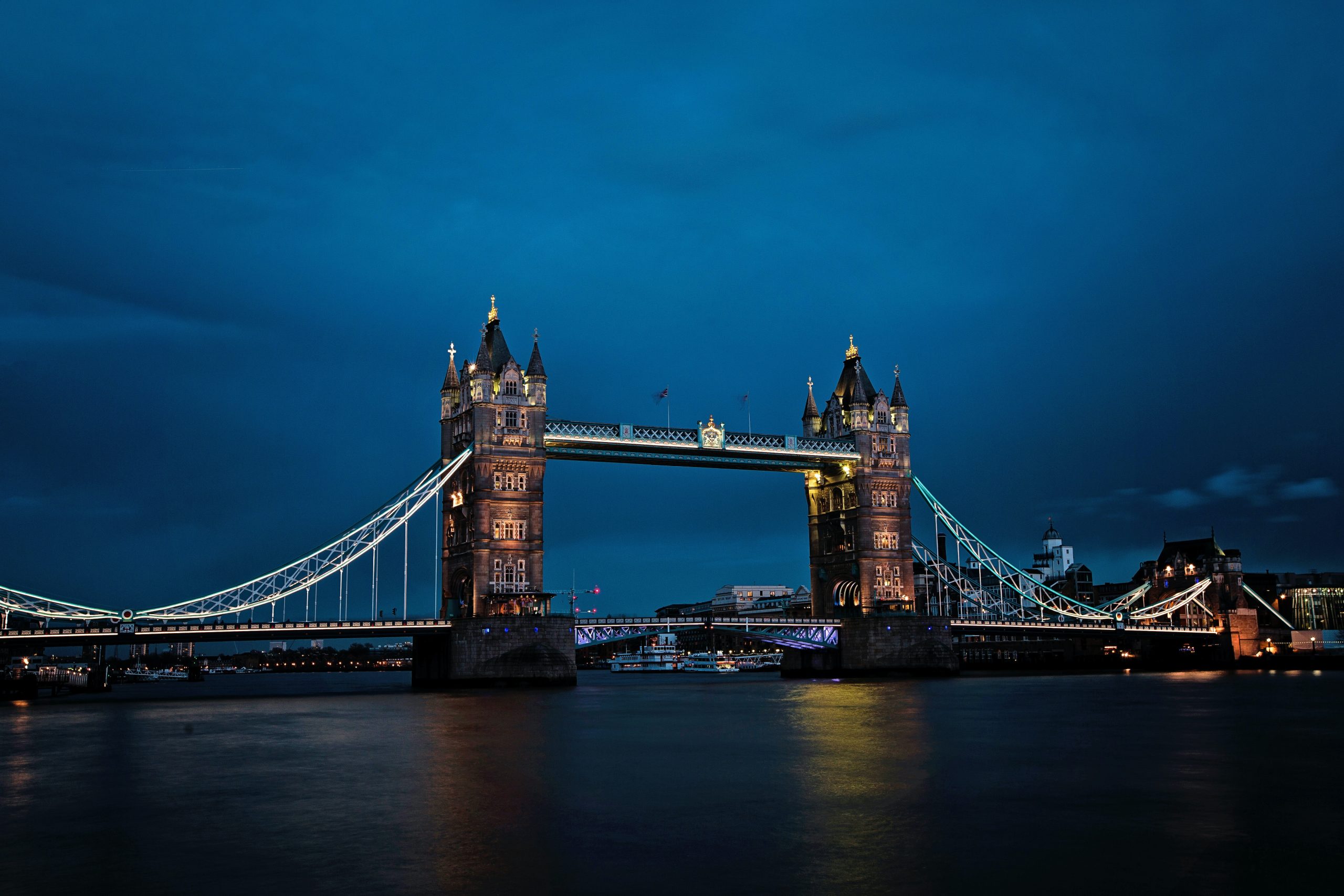
5. Piccadilly Circus, Soho, Chinatown and Oxford Street
Piccadilly Circus, home to the iconic Piccadilly advertising screens and the statue of Eros, is one of London’s most popular tourist locations.
The vibrant streets of Soho, in London’s West End, provide a diverse range of dining, nightlife, and retail opportunities. Old Compton Street in Soho is the heart of London’s LGBTQ community.
London’s Chinatown on Gerrard Street is located near Soho and was home to the Huguenot and Maltese immigrants in the 1950s. Explore the area for buildings and streets adorned with dragons, lanterns, stone lions, contemporary art sculptures, and Chinese gates. Keep a lookout for street signs with both English and Chinese written on them.
Oxford Street, which runs from Tottenham Court Road to Marble Arch through Oxford Circus, is a key thoroughfare in the City of Westminster in London’s West End. With nearly half a million daily visits and approximately 300 shops as of 2012, it is Europe’s busiest retail boulevard.
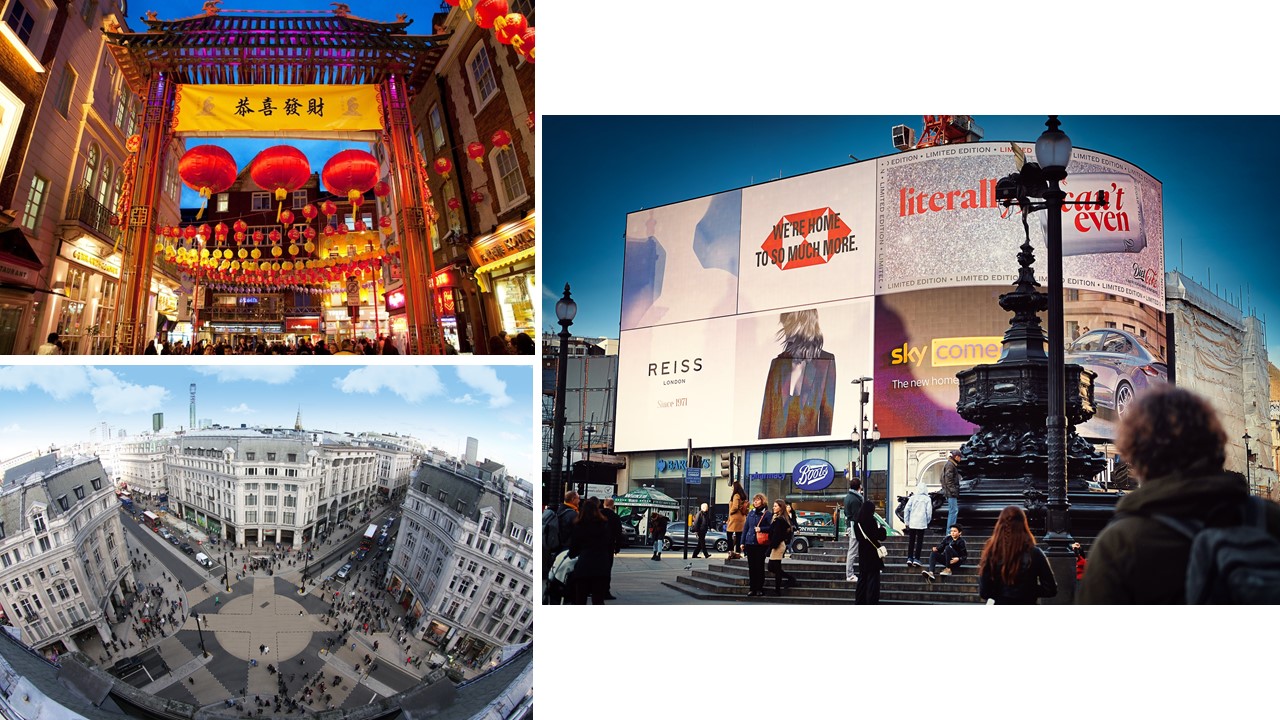
6. Movie Locations
Because of its enormous skyline, fascinating streets, and regal palaces, London has appeared in numerous blockbuster films.
The London Borough of Tower Hamlets and Tower Bridge can be seen in all their splendour in the 2019 Spider-Man: Far From Home. Hendon Police College appears in Avengers: Age of Ultron. Trafalgar Square has appeared in several films and television shows, including Captain America: The First Avenger.
Wembley Stadium is the setting for an automobile pursuit in Fast & Furious 6. The Da Vinci Code features The National Gallery, King’s College Library, Horse Guard’s Parade, Westminster Abbey, and Temple Church.
In Harry Potter and the Philosopher’s Stone, the Hogwarts Express departs from King’s Cross station. Visit the filming platforms four and five, and snap a photo pulling a trolley through to a fantastic world at the wall labelled Platform 9¾.
Robert Downey Jr. takes a tour of the city as Sherlock Holmes. Brompton Cemetery, St Paul’s Cathedral, and the Reform Club are among the many Victorian London locales featured. The Emmy Award-winning crime drama Sherlock is set in present-day London. A trip to Baker Street should be the first stop on any Sherlock Holmes pilgrimage. Before visiting The Sherlock Holmes Museum at 221B Baker Street, take the Marylebone exit from the Bakerloo tube station to see the nine-foot bronze statue of the mythical detective.

7. London Waterways
The city’s canals, from the Thames to the Regent’s Canal, are charming and ideal for exploring.
Many of the city’s biggest tourist sites, such as Tower Bridge, the London Eye, and the Tower of London, are set against the backdrop of the River Thames, which flows through central London.
From dog walkers to those looking for a high-end romantic lunch, Regent’s Canal, which extends from Little Venice in the west to Docklands in the east, is particularly popular.
Little Venice is a peaceful canal district in London with waterside cafes and restaurants. Enjoy a quiet boat excursion to ZSL London Zoo or Camden and wander around picturesque streets. Little Venice, with its lovely canals and rivers, is just north of Paddington station.
The Grand Union Canal used to be a bustling industrial waterway that connected London and the Midlands. Hanwell’s flight of seven locks, which connects the River Brent to the rest of the canal system, is now a lovely site for a country walk – right in the heart of London.

8. Parks & Gardens
Hyde Park is downtown London’s largest Royal Park. It first opened to the public in 1637 and rapidly became known for its May Day parades.
Kew Gardens, London’s largest UNESCO World Heritage Site is home to the world’s most diversified collection of living plants as well as an internationally renowned scientific research centre. Discover stunning glasshouses with its exotic rainforest, the Princess of Wales Conservatory with its 10 climatic zones, and the Waterlily House with its incredible, enormous lily pads.
Explore Richmond Park, a wildlife haven of 2,500 acres. This Site of Special Scientific Interest is home to a diverse array of flora and fauna, including a herd of 650 deer, and is located near downtown London.

9. Music Festivals & Concerts
Most Londoners are only a tube journey away from several world-class music festivals, with headliners ranging from underground electronic DJs to major worldwide rap singers.
Don’t worry if you want to experience London’s fantastic music scene but are on a tight budget. Throughout the city, numerous outstanding venues host free concerts, recitals, and organized shows. The Southbank Centre, St. James’s Piccadilly, The Royal Academy of Music, and Covent Garden Market, to name a few, all host free midday concerts for classical music fans.
Abbey Road in St John’s Wood is a road in North-West London that is home to one of the most famous recording studios in the world, as well as the famous Beatles zebra crossing.
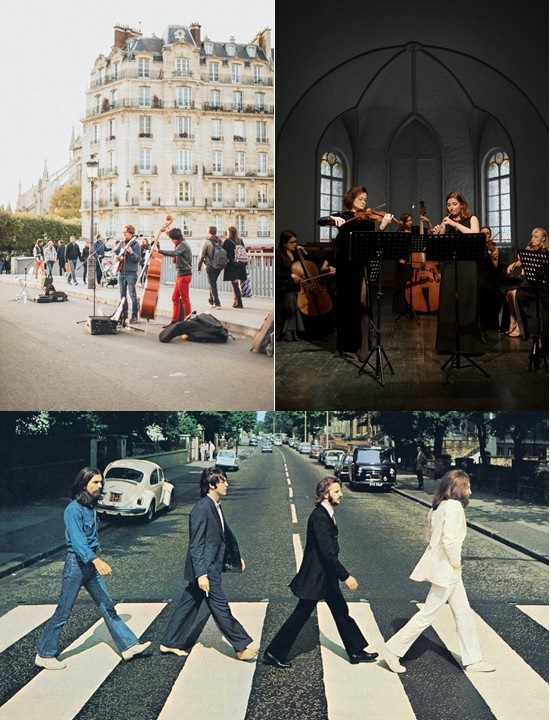
10. Buckingham Palace
Buckingham Palace is known around the globe as The Queen’s residence. The majestic State Rooms are open to guests for ten weeks each summer (22 July – 2 October 2022), as well as on select dates in the winter and spring. At Buckingham Palace, the Changing of the Guard is a colourful exhibition of British pomp commonly known as ‘Guard Mounting.’
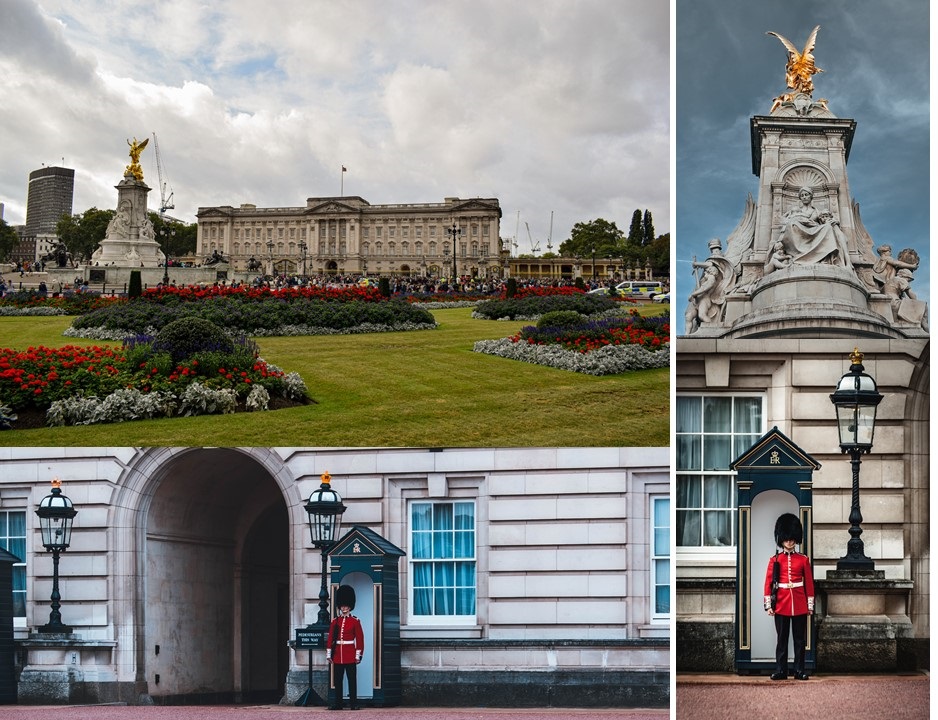
If you’re visiting London with kids, here is a list of top free things to do with young kids in London.
If you’re a student and around Baker street, don’t forget to check out the top 10 student lunch deals near the Marylebone campus.
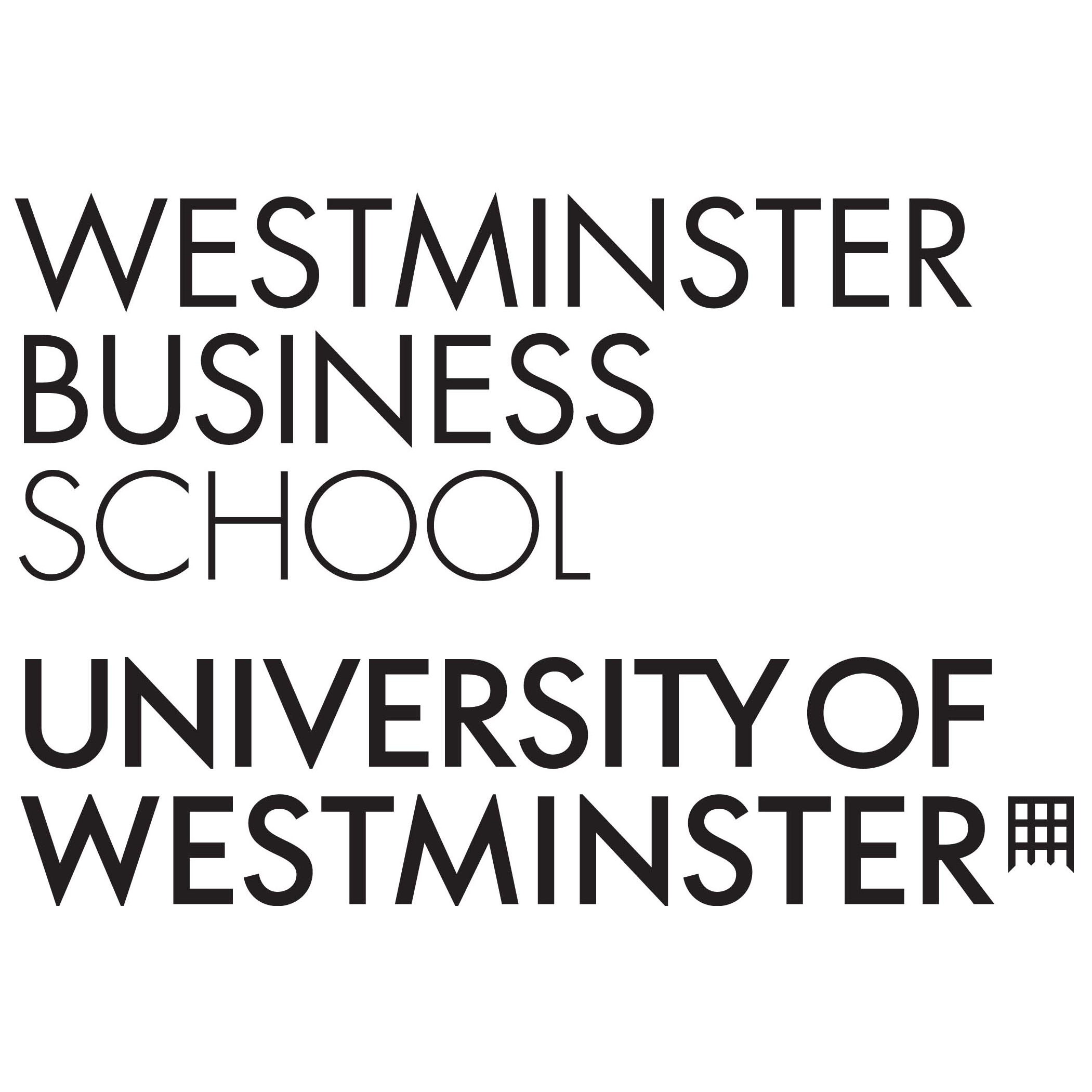
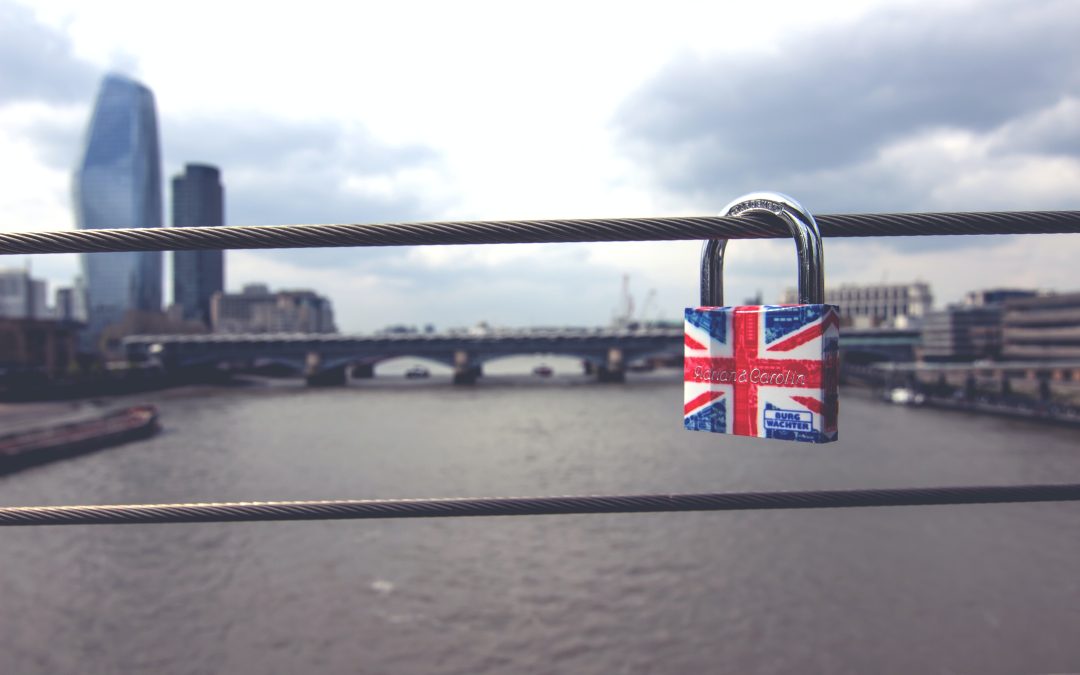
Insightful read !
Thank you for visiting the blog post Sushanth
Great blog post! Very useful information, keep it up
Thank you for your feedback
I lived in London and worked on Portobello Road every Saturday amid the Portobello Market. That’s something not to be missed.
Thank you for your feedback
I have visited Madam Tussauds, London eye, Tower bridge and Buckingham Palace
I love London and it’s a treat to the eyes.
Very true Calvina
Thank you for visiting the blog post
Great and useful information!!
I enjoyed reading this guide! It is very useful for a new visitor. I haven’t visited a few places, so will definitely use this guide when I visit London.
I’m glad you found it of interest Feona
Thank you for visiting the blog post
Thank you for visiting the blog post Ankitha
I have visited all the locations mentioned above.
The national gallery, St Pauls Cathedral, and street food markets such as borough market, Camden market, spitalfields market, boxpark etc… could make the list. Thank You.
Thank you for sharing your experience Lawdin
Would love to feature these places in future posts
Nicely written! So I will definitely refer to this when I’m in London next.
Thank you for visiting the blog post Bala
I’m sure the musical offerings of the city will not disappoint you
This will be my reference guide the time I’ll visit London. Well explained and too elaborated for a new visitor. Thanks for doing this!
Looks great. Great insights and good guidance. Look forward to more
Thanks!
Thank you for visiting the blog post Astrin
Your words of support and appreciation are motivating to create more content
Good suggestions for a first visit!
Thank you for visiting the blog post Aaron
Crisp and insightful tips for a first timer. Very helpful.
Thank you for visiting the blog post George
I’m glad you liked it
I’m glad you found the blog post of value Maria
Thank you for your words of appreciation
Well written. Quite beneficial information for new tourists to London. Would love to visit in the near future. Thanks.
Thank you for your feedback
Well written. Quite beneficial for new tourists to London. Would love to visit in the near future. Thanks.
Thank you for your feedback
Very useful for people planning to travel around London.
Have visited few of them, but will definitely try and visit the remaining ones that are mentioned above.
Thank you for visiting the blog post Rolin
This city has many more hidden gems to offer to a curious explorer
Great information. Would love to visit London and explore all of the above places.
Thank you for visiting the blog post Lydia
Looking forward to your visit to this beautiful city
What a perfectly curated list! I am sold!
Thank you for visiting the blog post Arham
I’m glad you found this post of value to you
Informative and very well articulated…definitely a guide for a future visit to London
Thank you for visiting the blog post Imran
I’ve visited most of the attractions from this list. Would definitely visit London Waterways in my next. Thanks for sharing!
I’m sure you loved what this city has to offer Hemanth
Thank you for visiting the blog post
Crisp !
I have bookmarked this page and will surely use this on my visit to London.
May be a link to the source website or for booking would make it easier for a reader to action.
Thank you for your support and feedback Melroy
Will keep you suggestion in mind for the next post
Very useful Lavin, will try to visit as many places from the above when I visit London next.
Thanks!
A London bucket list to help you plan an epic London itinerary!!!
Thank you for visiting the blog post Runa
I’m glad you found it interesting
Thank you for visiting the blog post Parag
I’m glad you liked it
LOVELY!! This is exactly what I needed before my next months roster. As a cabin crew who visits cities just for a few hours to a day, blogs like these make it much easier to know more about the city!
this guide is what I needed!
Thank you for visiting the blog post Joshua
I’m sure you have many stories and beautiful experiences of all the amazing places you fly to. Would love to listen to your stories and perhaps write a sequel to this post
It’s sad that I haven’t visited any of these places but after reading this, you have successfully influenced me to do so!
Nicely written and I love the pictures you have used!
Great work.
Thank you for visiting the blog post Praveen
I’m glad you found it of value
Would love to feature your amazing photography of this city in future blogs
Nice one 🙂 this is so helpful.. Thank you
Thank you for visiting the blog post Kiran
I’m glad you liked it
Very informative and lucidity written. Lovely pictures.
*lucidly
Thank you for your feedback
This is such a cool blog, my spring break is around the corner and I’m definitely excited to visit a few places on this list!
Thank you 🥳
Thank you for visiting the blog post Umam
I’m glad you liked it
Would love to hear your experiences of the places you visit during your break
With the sun out and summers around the corner this is the itinerary a person visiting or living in London would need! ✨
Visually pleasing and insightful! 👍🏻
Thank you for visiting the blog post Usbah
I’m glad you found it insightful
Well written , quite detailed
Would love to visit when we do get a chance to visit London.
Thank you for your encouraging words Nelson
I’m glad you liked it and I’m sure you’ll enjoy your visit to this beautiful city
Great Information
Thank you for visiting the blog post Vineeth
Definitely visiting all the places. Thanks for the blog.
Thank you for your feedback
Very insightful and useful with the information that is being presented which I will make for me and family to see this sites if we happen to visit London. Thank You
Thank you for visiting the blog post Daryl
I’m glad you liked it
Please do share your experiences exploring the city when your family visits
Fantastic blog… I wish you’d written this 8 years ago when I’d visited this beautiful place… wouldn’t have missed many of the “must-see” spots..
Great blog brother Lavin..
Thank you for your feedback
Thanks a lot for this blog post, just what I need to make plans for my summer holidays! great work Lavin!
Great summary for a quick explorer. Will definitely visit all these places when I get to London.
Thank you for your feedback
Thank you for your feedback
Great information for a first time traveller , will come in use for our forthcoming trip to London
Thank you for your feedback
This is great list of attractions and very informative. All of these will be on my list when I tour London .. thanks for putting itvv by together Lavin !!
Thank you for your feedback
Great resource for planning for a trip to London!
Thank you for your feedback
A great collection of things to do in London, thanks for sharing this useful resource.
Thank you for your feedback
Amazing travel guide! My aunt and uncle will soon visit me in London, so I’ll certainly follow your advice. Thank you for sharing!
Thank you for your feedback
Very beautifully explained Lavin. I will definitely try these when i visit London.
Thank you for your feedback
Interesting read and a good guide. thank you
Looking forward to cross these on my London summer vacation checklist
Thank you
Interesting read
Ideal for a family vacation
nice!!!
Thank you for your feedback
This is a great top 10 list of places to visit in London and the clever way you grouped them! I really loved the movie locations!
Thank you for your feedback